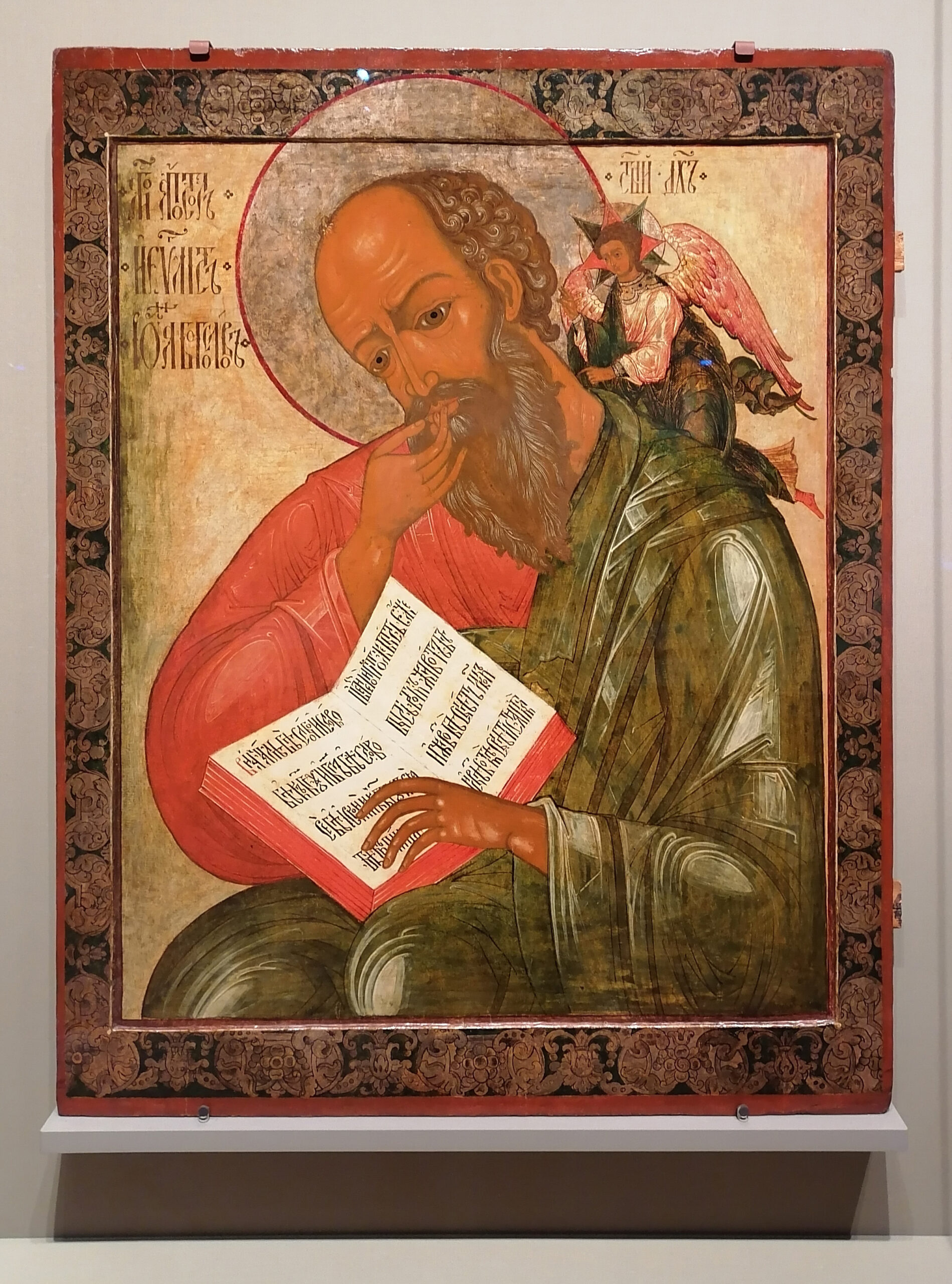Lament not for Me, Mother, as You behold Me in the grave, Whom as a Son you conceived in Your womb without seed. For I shall rise and be glorified, and as God, I shall ceaselessly exalt in glory those, who in faith and yearning, magnify you.
My eternal Son, I was spared the travail at Your strange Birth, and was marvelously blessed. And now, beholding You, my God, a breathless corpse, I am torn apart with the spear of bitter sorrow; but arise, that I may be magnified.
~9th ode, Lamentations, Good Friday Evening, Trans. by Fr. George Papadeas
—
And Simeon blessed them and said to Mary His mother, “Behold, this Child is set for the fall and rising of many in Israel, and for a sign that is spoken against (and a sword will pierce through your own soul also), that thoughts out of many hearts may be revealed.”
Luke 2: 34-35
Arguably the most popular service of Holy Week is the Lamentations Service on Good Friday evening. The Resurrection Service on Holy Saturday night may get more people, but most do not stay. Some will come to the Agape Vespers instead, or come on Holy Saturday morning. Just about everyone will come on Friday evening. Personally, this service is not as powerful as the Twelve Gospels of Holy Thursday evening. Holy Thursday evening contains a massive amount of verses from the Gospel, while Good Friday evening only has five verses from one Gospel reading. The dramatic procession of the Holy Cross comes in the middle of a service that doesn’t involve much movement. Good Friday night has “pageantry” with myrrh-bearing girls, candles, Lamentations and a procession that in many communities goes outside, all centered around the elaborately decorated tomb of Christ.
Before the Lamentations, there are Psalms and a lengthy “canon” that is sung. The hymns of the canon make references to Scripture. For instance, we hear about many Old Testament figures like Jonah, who pre-figured the Resurrection of Christ after three days in the tomb because Jonah was three days in the belly of a whale. We hear about the three youths in the fiery furnace, who were spared harm and death because of their great faith.
The ninth ode of the canon at just about every Matins service is dedicated to the Virgin Mary. And on Good Friday evening, as we mourn the death of Christ on the cross, we sing a “dialogue” between the Virgin Mary and her Son. Of course, this dialogue is not found in Scripture, but it is based on things we read in Scripture.
Back in chapter 2 of the Gospel of Luke, we read of the forty-day blessing of Jesus. It was part of the Mosaic Law that every male child was to be dedicated to the Lord on his fortieth day of life, to be presented in the temple along with a sacrifice of turtledoves or pigeons. Mary and Joseph brought Jesus to the temple on His 40th day to do what the Law required. A priest named Simeon was on duty. Simeon had been promised by God that he would not die until he saw the Christ. When Simeon saw the baby Jesus, he knew this was the Christ, and he prayed the now well-known prayer in Luke 2: 29-32:
Lord, now lettest thou Thy servant depart in peace, according to Thy word; for mine eyes have seen Thy salvation which Thou has prepared in the presence of all peoples, a light for revelation to the Gentiles and for glory to Thy people Israel.
This is the prayer that is offered over all children at their forty-day blessing in the Orthodox Church. What is not as well-known is what Simeon said to the Virgin Mary immediately after he received Christ. He turned to her and said, “Behold this Child is set for the fall and rising of many in Israel, and for a sign that is spoken against (and a sword will pierce through your own soul also), that thoughts out of many hearts may be revealed.” (Luke 2: 34-35) At the crucifixion, Mary felt that sword pierce her soul.
In these two hymns of “conversation” between mother and Son, Jesus first addresses His mother, telling her not to lament for Him, for He “will rise and be glorified,” and that He will “exalt in glory those, who in faith and yearning, magnify” her.
In response, Mary speaks of the marvelous blessing she had to carry Christ in her womb. She acknowledges the pain of being “torn apart with the spear of bitter sorrow.” Indeed, she had felt the sword prophesied by Simeon. However, in faith, she says to her Son, “Arise, that I may be magnified.”
As we experience many times throughout Holy Week, the services have been written in a way that “puts us there” with the events and the people associated with Christ’s Passion and Resurrection. While the Bible does not record a conversation like the one in these hymns, no doubt Jesus and His earthly mother had many intimate conversations, some filled with joy and some, like this one, filled with pain. These hymns bring us to their experience, highlighting their love and dedication to one another.
Today the grave holds Him Who holds creation in His palm. A stone covers Him, Who covers the Heavens with virtue. Life sleeps, and Hades trembles; and Adam is set free from his bonds. Glory to Your dispensation through which, when all things were accomplished, You presented to us an eternal Sabbath rest, granting us Your most Holy Resurrection from the dead. (Praises, Lamentations, Good Friday Evening, Trans. by Fr. George Papadeas)
There has never been a more remarkable mother-Son relationship than the one between Christ and the Virgin Mary!

